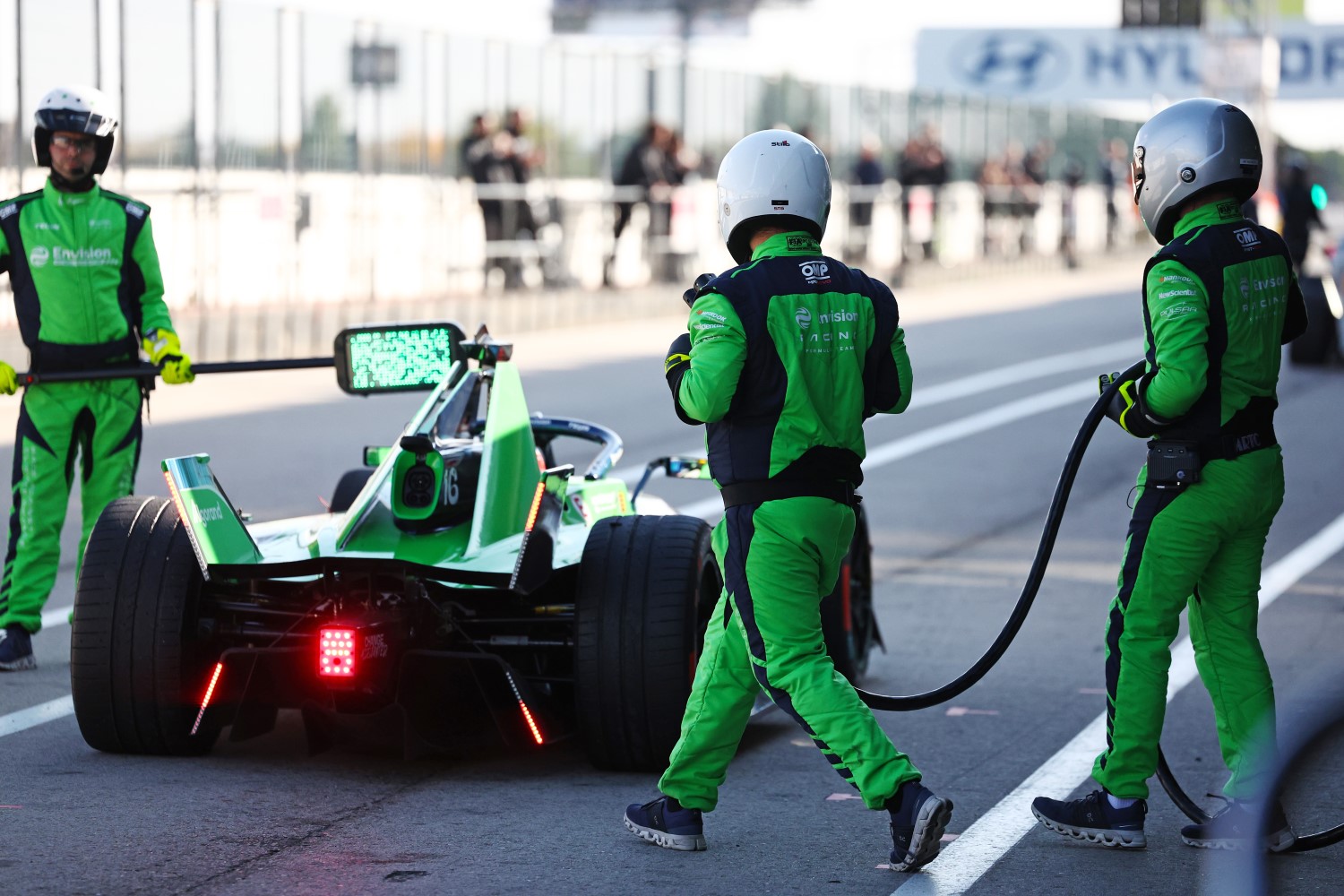Electric Racing Series Drive OEMs’ Road-Car Strategy
Electric racing has grown into more than just a show in the fast-changing world of cars; it’s now a lab. Every lap of Formula E, every desert sprint of Extreme E, and every FIA Electric GT trial is changing the way big car companies make, sell, and market their road cars. For people who used to love the sound of gas engines, electric motors now give them the same thrill, but in silence and with cleaner air. It’s like getting a $10 welcome bonus to try out a new casino platform—it’s a small incentive that leads to a bigger experience. Electric racing is the invitation to the future for car makers.
Electric racing is becoming a strategic playground.
When Formula E started in 2014, some people thought it was just a gimmick. But almost all of the top OEMs—Porsche, Jaguar, Nissan, Mahindra, Stellantis, and McLaren—had joined the grid within ten years. The reason was simple: motorsport became a place to test new ideas for improving efficiency, software, and thermal management.
Electric racing is different from traditional racing because it focuses on battery chemistry, energy recovery, and inverter efficiency instead of engine noise and fuel performance. These technologies don’t just stay on the track; they also make their way into commercial electric vehicles like the Jaguar I-Pace and Porsche Taycan.
Data Is the New Power
There is a huge amount of live data generated by electric racing. Each race helps engineers improve the algorithms that are used in consumer cars by giving them data like telemetry, battery temperature, and real-time torque mapping. Formula E has become a global research and development network that works in very stressful situations.
For example, Jaguar’s engineers used Formula E data to adjust the regenerative braking and cooling systems, which gave their road EVs a longer range. Nissan used its race-tested torque vectoring software on the Ariya SUV. Racing telemetry gives us these insights, which lead to faster updates, better performance, and fewer recalls.
Using sustainability as a marketing tool
Electric racing gives car companies something very valuable: credibility, in addition to engineering. Sustainability is now a way for brands to stand out, and racing in formats with no emissions lets companies show that they are making real progress for the environment.
Formula E has become the first net-zero carbon championship in the world by using bio-logistics, recycled tires, and paddocks powered by renewable energy. OEMs who are feeling the heat from ESG investors and climate-conscious buyers see participation as a way to show that they can be both responsible and competitive.
The feedback loop between the track and the road
The “race-to-road” pipeline has never been so tight. In the past, manufacturers used motorsport to promote their products. Now, it’s a cycle of new ideas.
For example, Porsche’s 99X Electric racecar is a real-world testbed for the Taycan’s 800-volt architecture. Hyundai’s entry into electric rallying, on the other hand, will help shape the future Ioniq N series, which will combine track performance with everyday drivability.
Every new idea that works under race stress goes back into consumer EVs, which cuts down on the time and money needed to come up with new ideas. The new industrial logic is: win on Sunday, code on Monday, and update on Tuesday.
Changing the Model of the Business
Electric racing also makes OEMs think differently about who owns what and how much money they make. Digital versions of mechanical upgrades include over-the-air updates, battery leasing, and performance unlocks.
For example, Mercedes’ EQ lineup has “Race Mode,” which is an optional boost that can be sold. It uses software from its Formula E powertrain management system. OEMs have learned that selling performance through software instead of hardware is faster and fits with the principles of EV design.
Extreme E and telling stories about brands
The off-road electric SUV series Extreme E is a great example of narrative branding. Each race location, from the Arctic to the Amazon, is a threatened ecosystem. Car companies like McLaren and Cupra use these events to connect their brands with adventure and taking care of the environment.
This method connects with younger people who see sustainability as a must-have, unlike traditional sponsorships. It’s not so much about lap times as it is about purpose, which is a way for companies to tell stories through competition.
The Larger Ecosystem: Suppliers and New Businesses
OEMs aren’t the only ones who benefit. Electric racing works with startups and tech suppliers that make solid-state batteries, lightweight composites, and AI-powered energy management systems.
Mahindra Racing and ZF are working together on next-generation e-axles, and Stellantis is testing silicon-carbide inverters in competition. This speeds up the process of making technology more mature. These partnerships lower the risk of deploying new technologies in production and make investors more confident in them.
Problems Ahead
Electric racing has come a long way, but it still has problems to deal with. High battery costs, short race times, and rules that limit innovation are still problems. Also, the competition for attention is getting stronger as Formula 1 starts to use hybrid sustainability programs and hydrogen racing is on the way.
Electric series need to keep showing that they can be used in the real world, not just as eco-theater, but also as engines of innovation that make road vehicles better.
From Show to Plan
In the past, motorsport was a race to see who could get the most fuel and displacement. It’s a battle of algorithms, kilowatts, and brand morals these days. The change from spectacle to strategy shows a bigger cultural shift: speed is no longer just about power; it’s also about brains.
Electric racing isn’t the end of motorsport; it’s the next step in its evolution. The passion is still there, but the goal has changed. OEMs get closer to the next generation of sustainable mobility with each lap.
